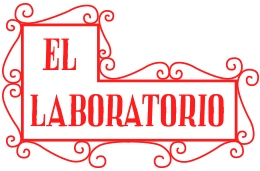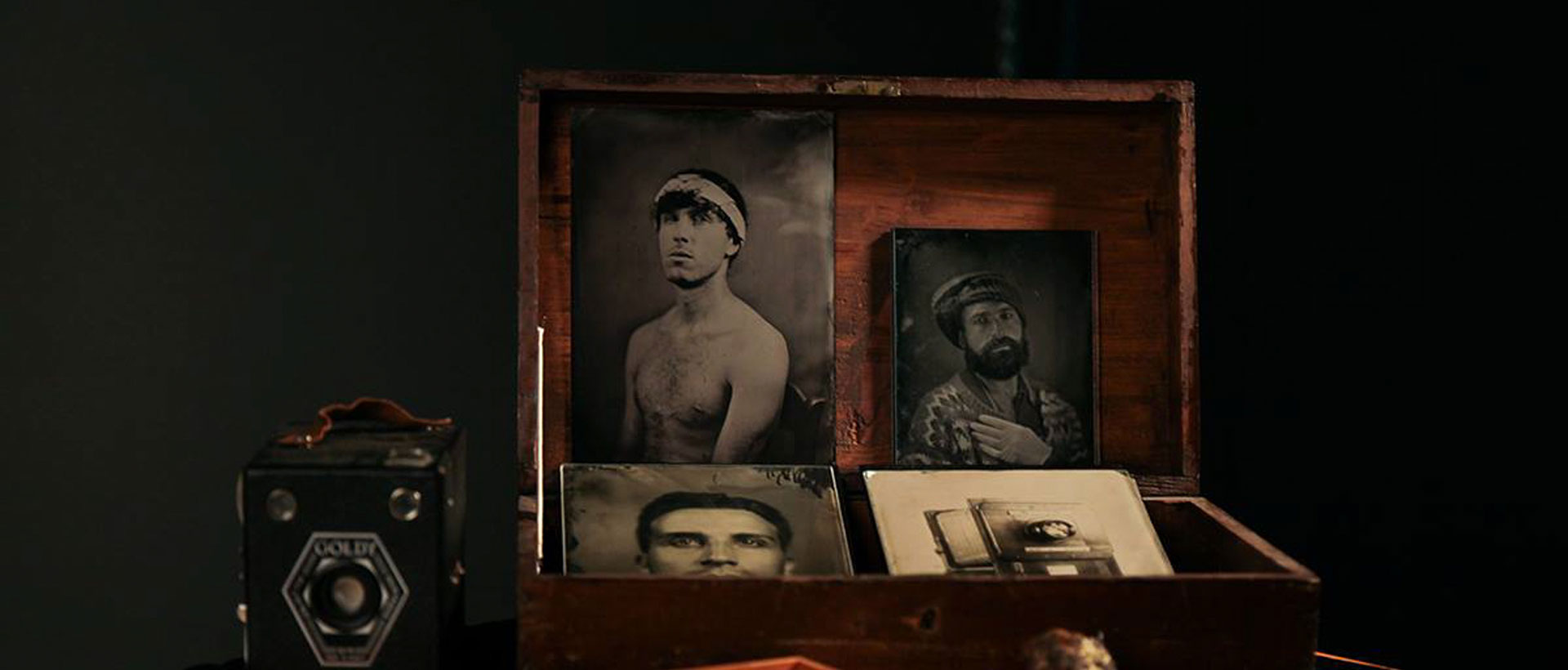In 1851 an Englishman called Frederik Scott Archer introduced the wet plate collodion process. This process allowed photographers to produce finely detailed images onto glass or metal plates. From 1851 until about 1880 the wet plate collodion process became the most popular method for making photographs throughout the world.
Why did the wet plate process become such a success?
Before this process, photographs were mostly produced through the daguerreotype and the calotype process, the first ever photographic processes. The daguerreotype rendered beautiful reproductions of reality with razor sharp detail whereas the calotype allowed for paper reproductions through a negative-positive printing process, though less detailed. Neither were processes suited for portraiture, among other reasons, they required excessively long exposure times for a (living!) human model to stand still.
When the wet plate process was invented in 1851 it supposed a revolution within the history of photography. The process, when compared with its predecessors was somewhat more simple (faster workflow) and allowed for shorter exposure times: now the model could sit for a portrait and pose for just a few seconds.
Wet plate photography would inaugurate a new photographic age, democratizing the medium to the vast majority. Portrait studios bloomed in the major cities, and photographers traveled the country, bringing everyone the possibility of a precious memory of themselves and their beloved ones.
Producing a wet collodion image had to be done quickly and efficiently. Collodion, the main chemical used, will dry up and lose its sensitivity after about 10 minutes.
Therefore, photographers needed to have a nearby darkroom to develop their images after they were shot. These portable darkrooms could be simple tents, horse wagons, or anything that could create a light-tight working space in the field.





